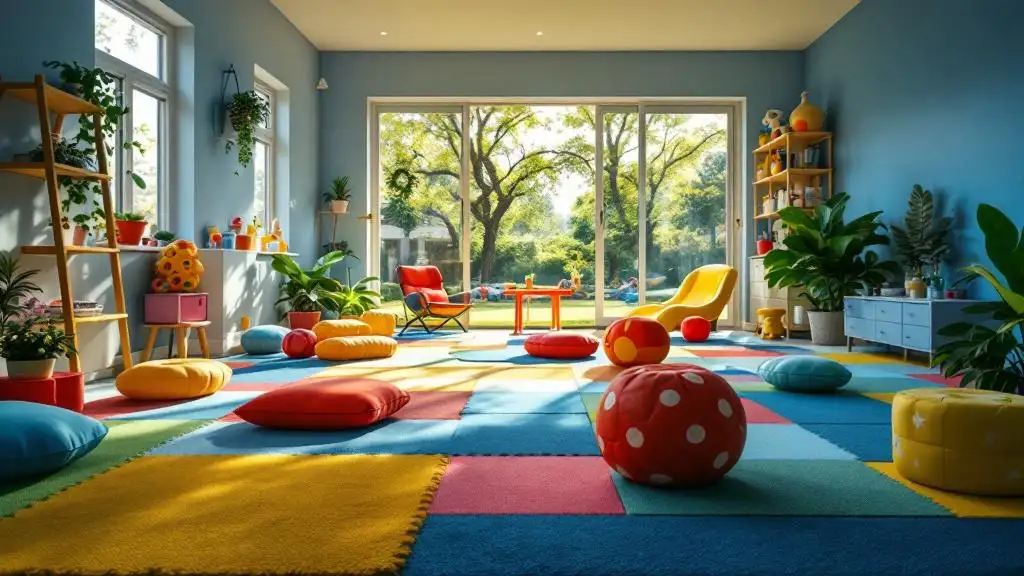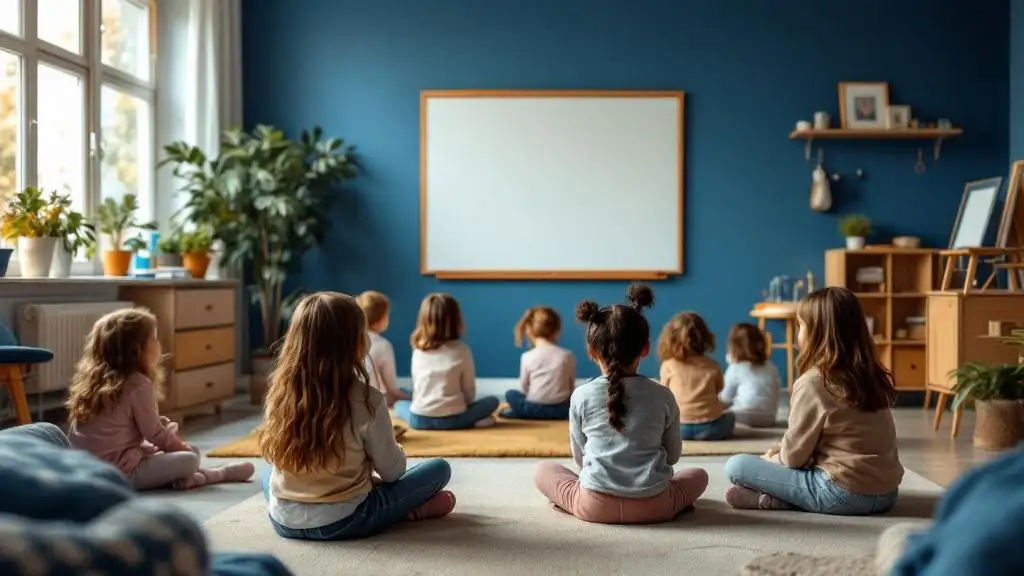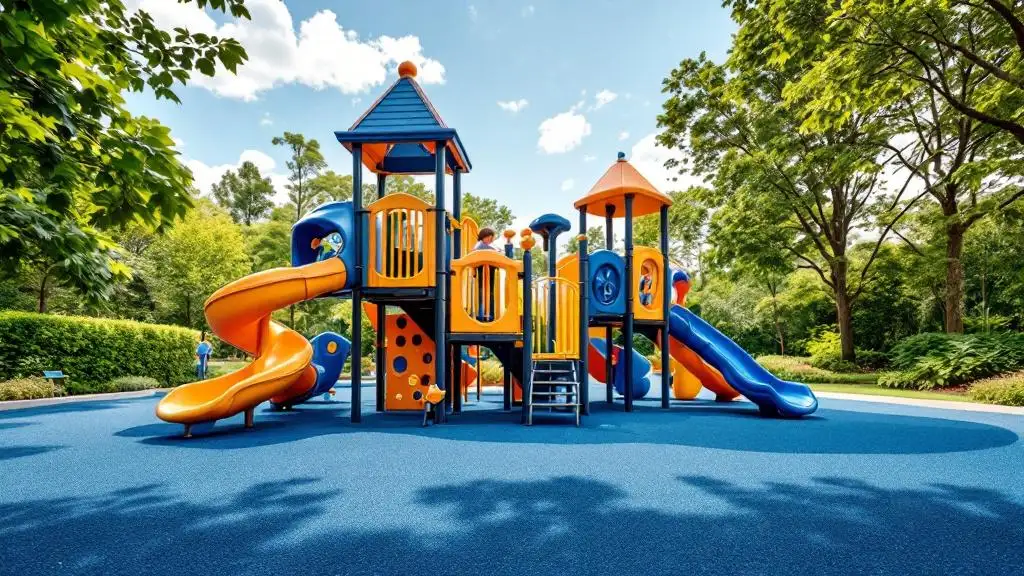
Understanding Bilingual Language Development and Therapy Approaches
Bilingual children develop language skills in ways distinct from monolingual peers, yet their milestones are comparable and within normal developmental ranges. Recognizing the nuances of bilingual language growth and employing culturally responsive, evidence-based interventions are essential for supporting these children's communication needs. This article explores typical milestones, assessment methods, therapeutic strategies, and resources tailored to bilingual populations, emphasizing the importance of culturally sensitive practices and early intervention.
Speech and Language Development Milestones in Bilingual Children

What are typical speech and language development milestones in bilingual children?
Bilingual children follow a developmental pattern similar to monolingual children, but their milestones are often spread across two languages. Early stages, such as cooing, babbling, and jargon, appear between one and twelve months of age, just as with monolingual infants.
By around 12 months, most bilingual babies say their first words and understand about 25% of speech. Their vocabulary in both languages combined is typically 20 to 50 words. They often switch between their two languages naturally and may show signs of code-switching—using parts of both languages within sentences—which is considered a normal part of bilingual development.
At 24 months, bilingual toddlers usually begin to use two-word phrases and have an accumulated vocabulary of roughly 200 to 300 words in total. They understand between 50% and 75% of spoken language and can be understood most of the time. During this stage, they might also experience some mixing of grammatical structures across languages.
By the ages of three and four, bilingual children increasingly produce more complex sentences and expand their vocabulary to around 1,000 words. They are generally understood nearly fully, although some pronunciation errors and grammatical mixing may still occur.
Overall, research shows that bilingual children develop language skills comparable to their monolingual peers. They reach similar milestones in understanding and communicating, and their proficiency in each language may be slightly lower than monolinguals' in one language, but their total linguistic abilities—including conceptual vocabulary—are similar or superior.
They start distinguishing between their languages quite early, often by four months, and can differentiate language patterns based on rhythm, intonation, and context. This early ability to tell languages apart supports their successful bilingual development without delays.
Support Strategies for Bilingual Language Development
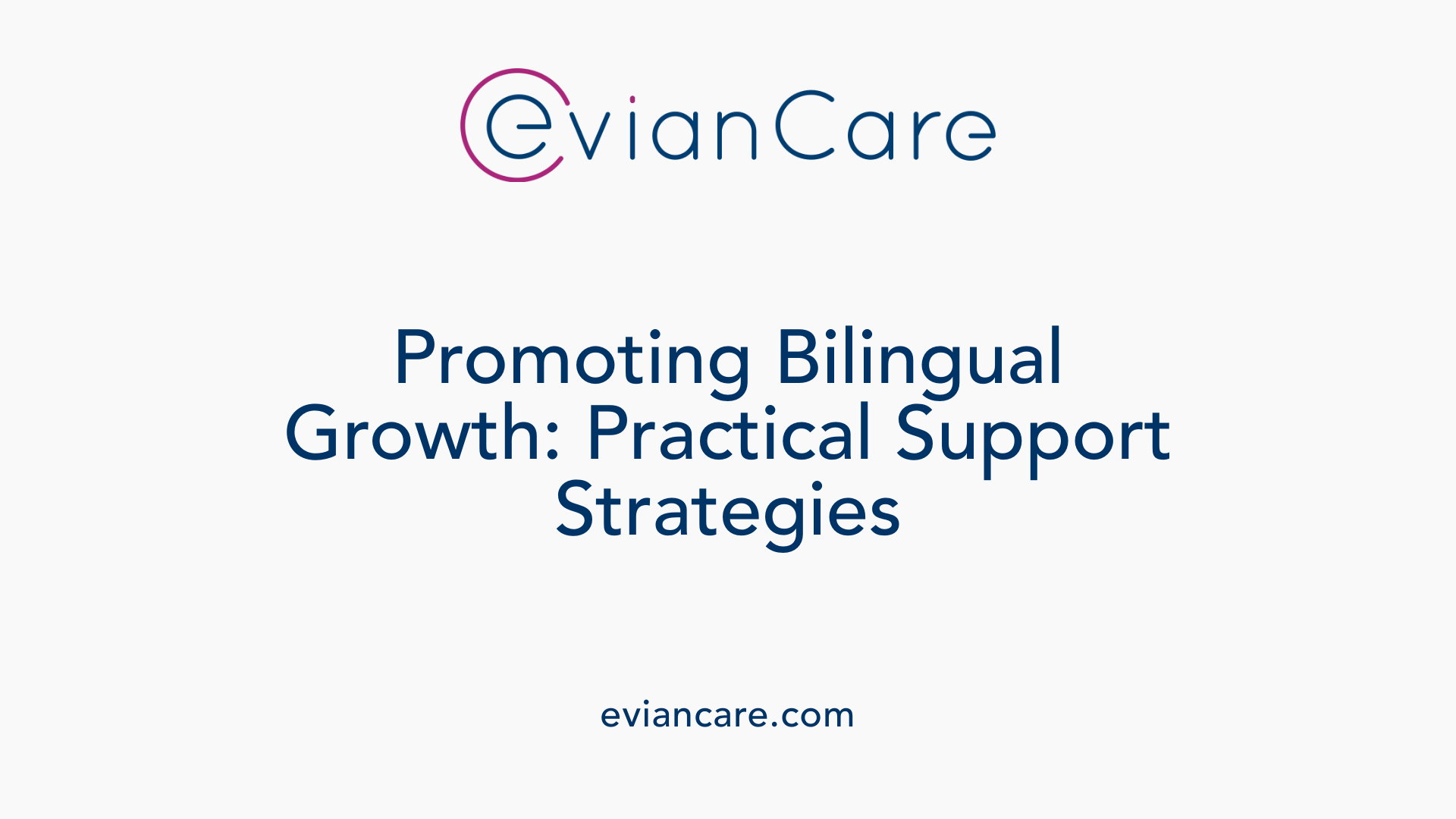
What are effective support strategies for language development in bilingual children?
Supporting bilingual children's language growth involves a variety of practical approaches that foster rich, meaningful communication experiences. One of the most effective methods is providing abundant, high-quality language input through natural interactions. These interactions should include a broad vocabulary, culturally relevant content, and opportunities for children to express themselves in both languages.
Encouraging the use of both languages at home and school reinforces language skills and helps maintain cultural connections. Many experts recommend the "one person-one language" strategy, where each caregiver consistently speaks a different language to the child, though the most important factor is diverse and meaningful exposure to each language.
Children benefit from engaging in activities such as reading bilingual books, singing songs, storytelling, and play-based learning. These methods make language learning enjoyable and contextually relevant.
Family and community involvement also play vital roles. Participating in community programs, visiting libraries with multilingual resources, and engaging in cultural activities boost motivation and provide additional language practice.
Policy support is crucial as well. Early childhood education programs, parental leave policies, and specialized training for educators and speech-language pathologists can significantly impact language development. When children receive early, consistent, and culturally sensitive support, they are more likely to develop strong bilingual language skills that benefit their academic, social, and emotional growth.
In sum, fostering multilingual development requires a combination of diverse exposure, supportive environments, and cultural affirmation—elements that together help children thrive as bilingual learners.
Assessment and Identification of Language Issues in Bilingual Children
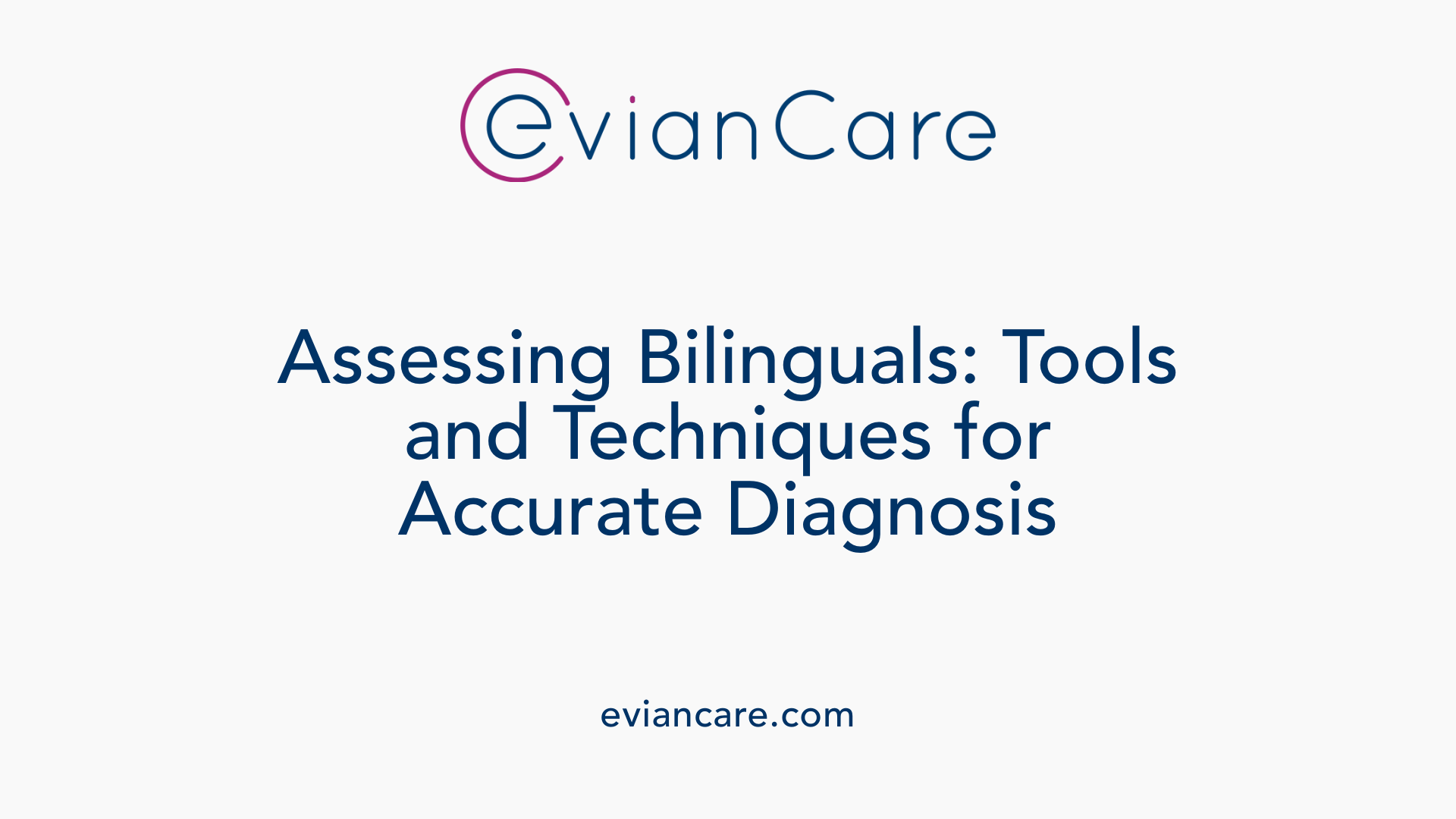
What assessment methods are used to evaluate speech and language development in bilingual children?
Evaluating speech and language development in bilingual children requires a comprehensive approach that combines formal tests and informal observations, all tailored to the child's linguistic and cultural background.
Formal assessments often include bilingual-specific standardized tests. These assessments are designed to measure language skills in both languages but may lack normative data for multilingual populations. This means results should be interpreted carefully, considering the child's overall language exposure and proficiency.
In addition to formal tests, informal procedures are vital. These include language inventories, language samples, and cultural adaptations. Talking with native speakers, teachers, and caregivers provides practical insights into how children use language in real-life situations.
Dynamic assessment techniques are also helpful. For example, nonword repetition tasks, mispronunciation exercises, and spontaneous speech samples help evaluate phonological abilities and speech perception. Such methods can differentiate typical bilingual development from speech or language disorders.
Gathering information from caregivers and teachers through reports ensures a rounded view of the child's abilities across different environments and languages.
Assessment should be sensitive to cultural and linguistic differences. It is most effective when it involves testing in all languages a child uses. Comparing results with norms established for bilingual populations helps avoid misdiagnosis, ensuring that language differences are recognized as part of normal development.
Overall, a combination of assessments—using both standardized tools and informal measures—facilitates accurate identification of language delays or disorders and guides appropriate intervention strategies.
Bilingual Speech Therapy: Approaches and Best Practices
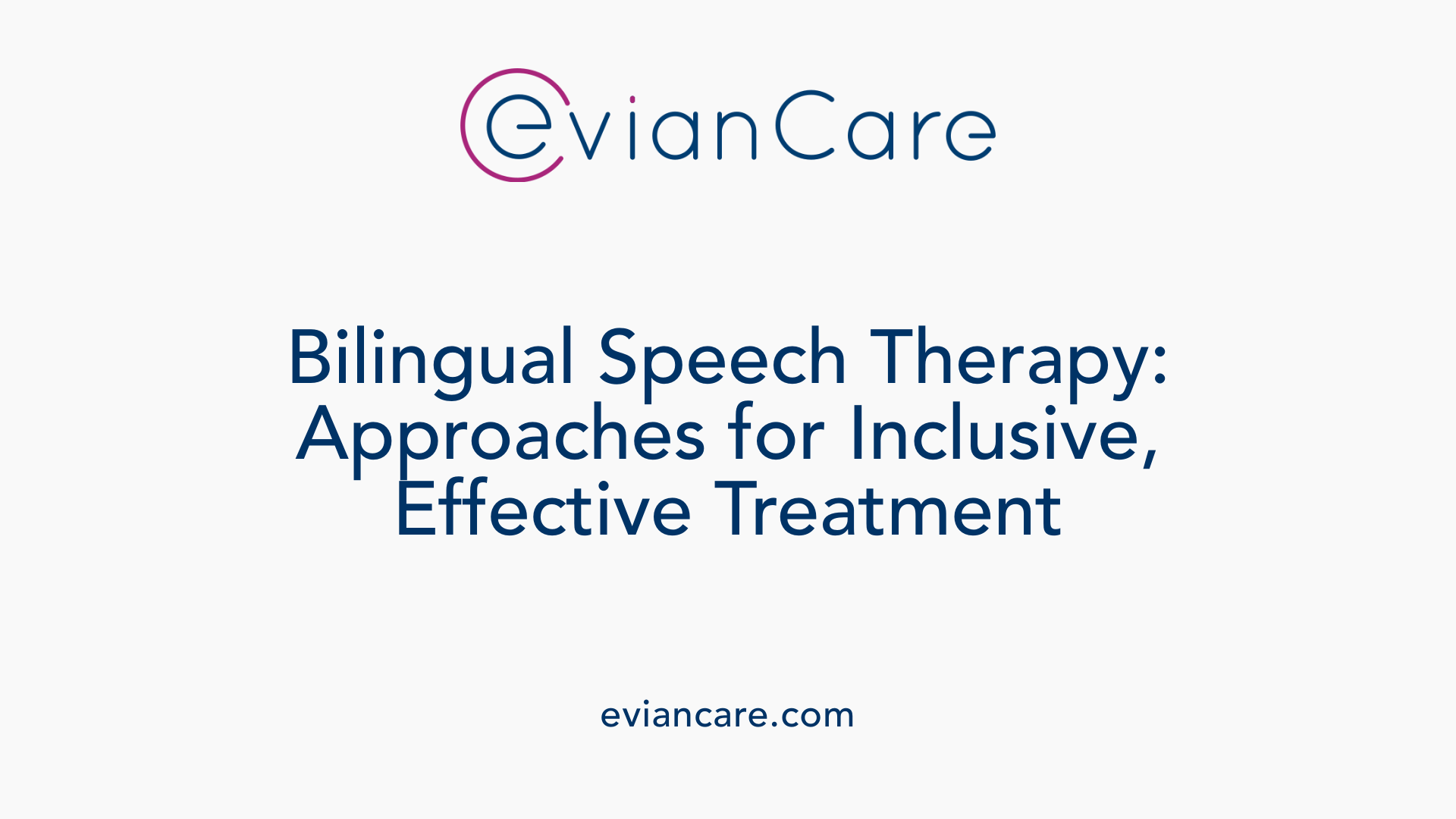
What is the bilingual approach in speech therapy, and how does it support language development?
The bilingual approach in speech therapy is a culturally tuned method that addresses the unique linguistic experiences of children who are learning two languages. This approach recognizes that bilingual children develop their language skills through interactions in both languages, and it aims to support these skills in a balanced, respectful way.
Therapists using this approach focus on the shared features of both languages, such as common grammatical concepts, while also targeting language-specific sounds and structures. Strategies like contrastive analysis help identify how the two languages differ and what might cause typical errors. Bilingual storytelling and reading are used to deepen understanding and vocabulary, making learning engaging and culturally respectful.
Cross-linguistic transfer is a central benefit. When a child improves in one language, it often positively influences their skills in the other language. This transfer supports overall communication and cognitive development.
Cultural competence is also vital. Therapists incorporate heritage language materials, connect with family traditions, and respect cultural values. They often involve family members in therapy sessions to ensure interventions are relevant and effective.
Assessment is detailed and thorough. It differentiates between typical bilingual development and true language disorders, avoiding misdiagnosis. Recognizing normal code-switching and understanding the child's language exposure helps create tailored, effective therapy plans.
In summary, the main goal of bilingual speech therapy is to foster communication skills in both languages, respecting cultural background while promoting linguistic and cognitive growth. This comprehensive, culturally sensitive approach leads to better language outcomes and enhances confidence and cultural identity.
Supporting Bilingual Children’s Language Growth
Providing culturally responsive, evidence-based speech therapy and early intervention can significantly improve communication outcomes for bilingual children. Supporting their home language, engaging families, and ensuring assessments are culturally appropriate foster a positive environment for language development. Emphasizing the natural progression of bilingualism and leveraging its cognitive and social benefits further enhances therapy success, ultimately empowering children to become confident, effective communicators in multiple languages.
References
- Speech Therapy For A Bilingual Child - TherapyWorks
- Learning More Than One Language - ASHA
- When to Take Your Bilingual Child to the Speech Pathologist
- Bilingualism in the Early Years: What the Science Says - PMC
- [PDF] Bilingualism - Speech - Cincinnati Children's Hospital
- Bilingual Speech Therapy - Learn How It Works With This Guide
- Speech and Language Development in Bilingual Children


